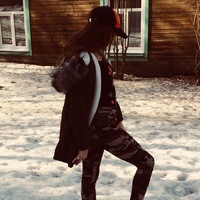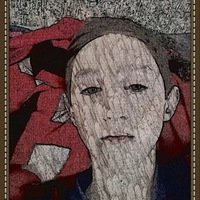
Які форми рельефу відповідають платформам? Якими зовнішніми ознаками відрізняються давні та молоді
платформи? 0
0
 0
0
Ответы на вопрос
 Внимание! Ответы на вопросы дают живые люди. Они могут содержать ошибочную информацию, заблуждения, а также ответы могут быть сгенерированы нейросетями. Будьте внимательны. Если вы уверены, что ответ неверный, нажмите кнопку "Пожаловаться" под ответом.
Внимание! Ответы на вопросы дают живые люди. Они могут содержать ошибочную информацию, заблуждения, а также ответы могут быть сгенерированы нейросетями. Будьте внимательны. Если вы уверены, что ответ неверный, нажмите кнопку "Пожаловаться" под ответом.

Forms of Relief Corresponding to Platforms
Different forms of relief correspond to different geological platforms. A platform is a stable, relatively flat area of the Earth's crust that is composed of ancient rocks. The relief, or topography, of a platform is generally characterized by low-lying areas, gentle slopes, and a lack of significant elevation changes. Here are some forms of relief that correspond to platforms:1. Plains: Plains are extensive, flat or gently rolling areas with low relief. They are often found on platforms and are characterized by their relatively smooth and level terrain. Plains can be formed by the deposition of sediments over long periods of time, such as in river valleys or coastal areas.
2. Plateaus: Plateaus are elevated flat areas with steep sides. They can be found on platforms and are often formed by the uplift of large sections of the Earth's crust. Plateaus can have a relatively flat or gently sloping surface, but they are generally higher in elevation compared to surrounding areas.
3. Mesas and Buttes: Mesas and buttes are flat-topped hills or mountains with steep sides. They are typically found on platforms and are formed by erosion. Mesas have a larger surface area and are wider compared to their height, while buttes are smaller and more narrow.
4. Escarpments: Escarpments are long, steep slopes or cliffs that separate two areas of different elevations. They can be found on platforms and are often formed by tectonic activity or erosion. Escarpments can be prominent features on the landscape and can provide a clear boundary between different geological formations.
External Characteristics of Ancient and Young Platforms
Ancient and young platforms can be distinguished by several external characteristics. These characteristics are related to the geological processes that have shaped the platforms over time. Here are some key differences:1. Surface Features: Ancient platforms tend to have smoother and more rounded surface features compared to young platforms. This is because ancient platforms have been subjected to longer periods of erosion, which has worn down sharp edges and created a more subdued topography. Young platforms, on the other hand, may have more rugged and jagged surface features due to recent tectonic activity or volcanic processes.
2. Elevation: Ancient platforms are generally lower in elevation compared to young platforms. This is because ancient platforms have undergone longer periods of erosion, which has gradually reduced their elevation over time. Young platforms, on the other hand, may still be undergoing uplift or volcanic activity, resulting in higher elevations.
3. Vegetation: Ancient platforms often have more mature and diverse vegetation compared to young platforms. This is because ancient platforms have had more time for soil development and the establishment of plant communities. Young platforms, on the other hand, may have less developed soils and a more limited range of plant species.
4. Geological Structures: Ancient platforms may exhibit more extensive folding and faulting, indicating the effects of long-term tectonic activity. Young platforms, on the other hand, may have more recent volcanic features such as lava flows, cinder cones, or volcanic craters.
It is important to note that these characteristics can vary depending on the specific geological history and location of a platform. Geological processes are complex and can result in a wide range of topographic features.
 0
0
 0
0
Похожие вопросы
Топ вопросов за вчера в категории География
Последние заданные вопросы в категории География
-
Математика
-
Литература
-
Алгебра
-
Русский язык
-
Геометрия
-
Английский язык
-
Химия
-
Физика
-
Биология
-
Другие предметы
-
История
-
Обществознание
-
Окружающий мир
-
География
-
Українська мова
-
Информатика
-
Українська література
-
Қазақ тiлi
-
Экономика
-
Музыка
-
Право
-
Беларуская мова
-
Французский язык
-
Немецкий язык
-
МХК
-
ОБЖ
-
Психология
-
Физкультура и спорт
-
Астрономия
-
Кыргыз тили
-
Оʻzbek tili


























